A lot goes into making good coffee, the beans, the grinder, and small things like coffee filters. Coffee filters might seem like a detail, but it makes a difference in the coffee you make. With metal, paper, and cloth filters available, how do you choose the right one? What's the difference between bleached and unbleached filters?
Filter Types
There are three main types of coffee filters: paper, metal, and cloth. Each has its pros and cons, so it's important to choose the right one for your needs.

Paper Filters
Designed to trap coffee oils and sediments, paper filters are the most common type. If you like clarity in your cup of coffee, then a paper filter is a good choice for you.
You might see them in your supermarket aisle in white and brown. These are the bleached and unbleached versions. Both are made from paper pulp, but the bleached version goes through an oxygen process to make it white.
Our filters have a nice balance of body and clarity.
Paper filter qualities can vary widely. Some paper like the Chemex are very thick and filter more coffee. Other filters like the Sibarist are very thin to have a faster flow rate and drawdown time. Hario filters tend to be somewhere in the middle.
Pros
-Paper filters remove most of the oil from coffee beans, which gives coffee a cleaner taste.
-They're easy to find and relatively inexpensive.
-They come in a variety of sizes to fit most coffee makers.
Cons
-They can also add a papery taste to your coffee if they're not wet before use.
-Some argue that unbleached papers leave a slight papery taste with each brew
Which are better, brown or white filters?
Bleached paper filters are made with paper that has been treated with an oxygen-bleaching process. This process is safe and does not leave any chemical tastes.
Unbleached coffee filters are made from the same paper pulp. They can leave a papery taste if not used properly. To remove this papery taste, it's required to pre-wet them.

Metal Filters
Metal coffee filters are less common than paper filters but are growing in popularity. They are made from stainless steel or other metals and have tiny holes that allow coffee to pass through while trapping sediments. Metal filters let the oils and some fine particles through, which means you get a full-bodied cup. If you like your coffee strong, then a metal filter is a good choice for you.
Pros
-Permanent metal filters can be reused indefinitely, which cuts down on waste and reduce your environmental impact.
-Metal filters allow more oil from coffee beans to pass through, resulting in a richer flavor.
Cons
-Permanent metal filters must be cleaned after each use, which can be time-consuming.
-Must use a coarser grind size which negatively affects extraction.

Cloth Filters
Cloth filters are the least common type of coffee filter and can be harder to find in stores. They are made of cotton or linen. They have larger holes that allow more sediment to pass through than metal filters. A cloth filter also does not absorb any of the coffee’s flavor leaving you with a full-bodied cup. If you like your coffee super strong, then a cloth filter is a good choice for you.
Pros
-Cloth filters allow more oil from coffee beans to pass through than paper filters, resulting in a richer flavor.
-They're reusable, cloth filters can also be washed by hand
Cons
-There may be coffee grounds escaping into your cup .It does happen with cloth filters but it shouldn't stop you from using them
-They are hard to maintain and can start smelling pretty awful
Coffee Filter Shapes
There are three main shapes of coffee filters: cone, basket, and disk. The shape you choose will depend on the type of coffeemaker you have.
Cone Filters
Conical filters fit inside cone-shaped drippers and have pointed bottoms that allow water to flow through evenly. They do let a bit of water flow fast the coffee, this is called bypass and makes a complex cup. There are different models including Chemex, Kinto, Timemore and the most popular, the Hario V60.

Flat bottom
These filters are becoming more popular in the specialty coffee scene. They allow for less bypass and create a more even extraction. Some of the models are Kalita Wave, Fellow Stagg X, Espro Bloom and the April Brewer.
Basket Filters
Basket filters fit inside a basket-shaped drip coffee maker and have flat bottoms that allow water to seep through slowly. These filters tend to produce coffee with more body and depth of flavor.
Disk Filters
Disk filters are usually for specialty coffee brewers like Aeropress, Tricolate, and Nextlevel Brewer. They allow for less bypass and more even extraction. I highly recommend if you want the best cup of coffee!
How do I know what coffee filter size to use?
Determining basket coffee filter size
Since there are only two sizes, finding your basket filter size is relatively simple. Junior is for coffee makers that make less than six cups of coffee. There's also the regular for larger machines that can hold more than six cups of coffee.
Determining conical coffee filter size
There are 3 main sizes for conical filters, they are sized after the Hario V60 dripper. They are labeled 01, 02, and 03. The most popular size is 02 and can brew 250-300 ml to 500-600 ml of coffee. If you rarely brew more than 300 ml at a time, 01 will be more convenient. The larger 03 version is less popular but a great option for bigger brews.
Since they are all the same shape, they will fit in any dripper. They might stick out a bit but it's okay! Chemex filters, on the other hand, are only for the Chemex brewer.
Flat bottom filters
The flat bottom filter is usually brand specific and the cloth filter is standalone. You usually have to use the same brand filter.
What Kind of Coffee Filter is Best?
If you're looking for the best possible cup of coffee, it's important to choose a filter that won't alter its flavor. There are many different types and styles available on today’s market; however, not all will provide fidelity with your desired end goal in mind—to create an amazing-tasting brew!
Metal filters are an excellent option for removing impurities from coffee. They don't alter the taste or quality of your drink, and they can last years with proper care!
Paper filters have been around for a long time and they're still one of the most popular types. They do an excellent job at removing impurities while also producing some very appealing taste profiles as well!
Will The Type of Coffee Filter Change The Taste?
Not all filters are created equal. Paper and metal filters both create unique flavors, so experiment with different types to find what's best for yourself! You might also want to try varying factors such as bean type, grind size, etc.
Do paper filters make better coffee?
If you're looking for the best cup of coffee, then paper filters are the way to go! They remove more oils and fines from beans which results in cleaner drinks and lower bitterness levels.
Can you compost a coffee filter?
Yes, you can compost a coffee filter. Paper is one of the most biodegradable materials out there so it will break down over time and become part of your composter! You could either put them inside an indoor bin or outside where they would be good for use as animal feed too
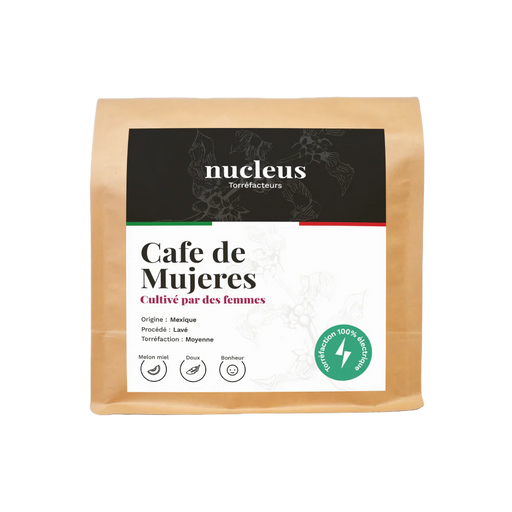

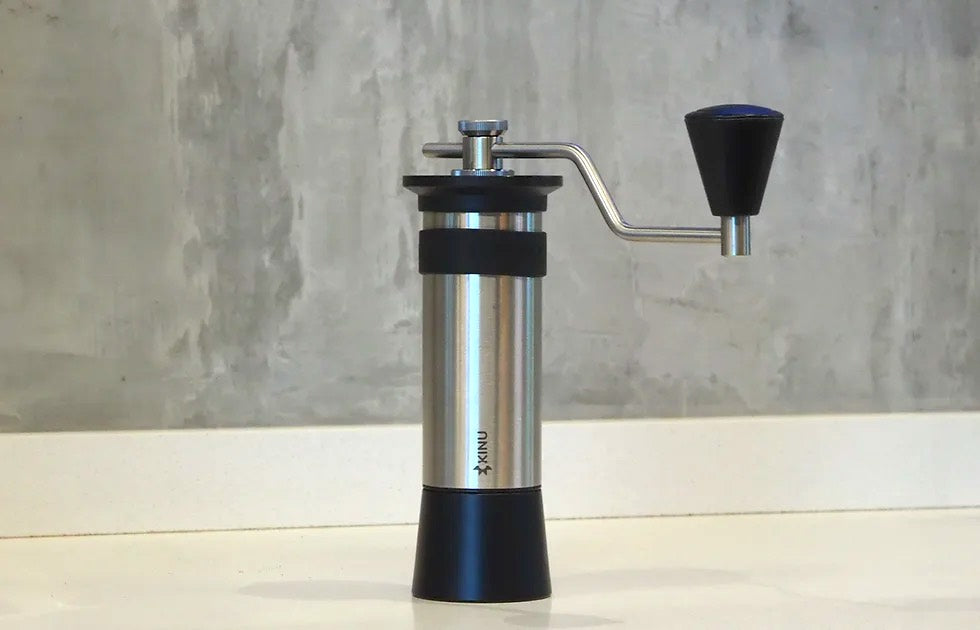





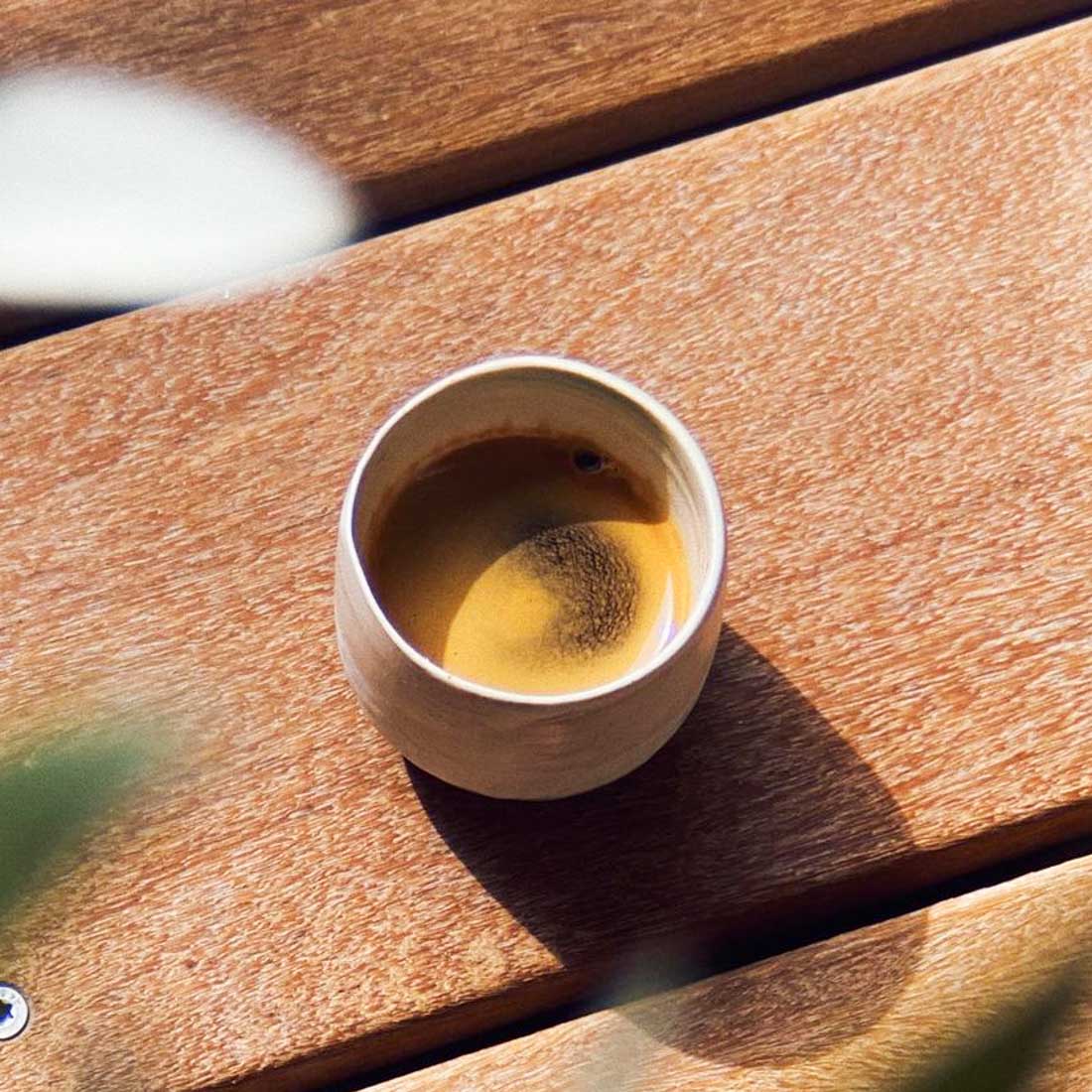
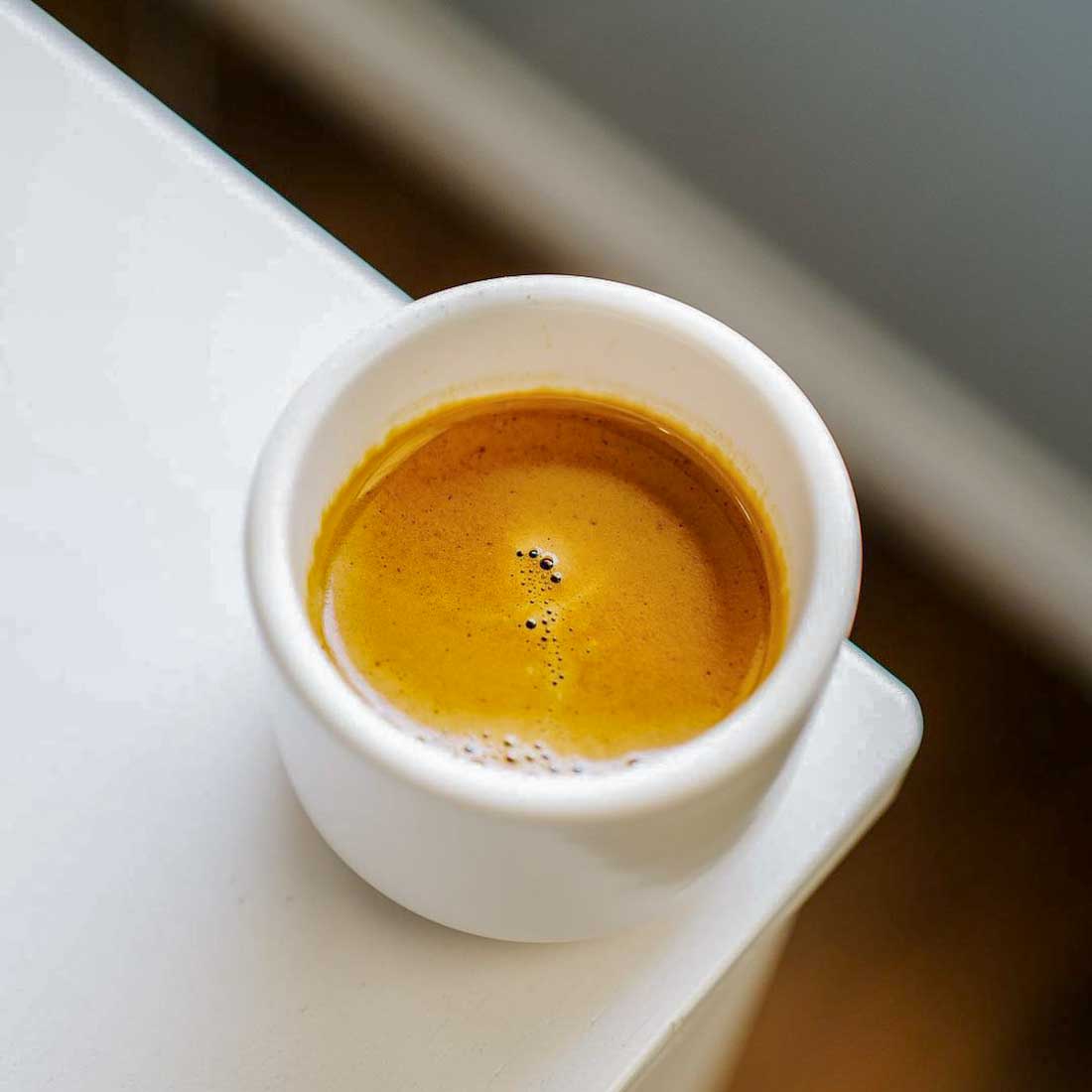
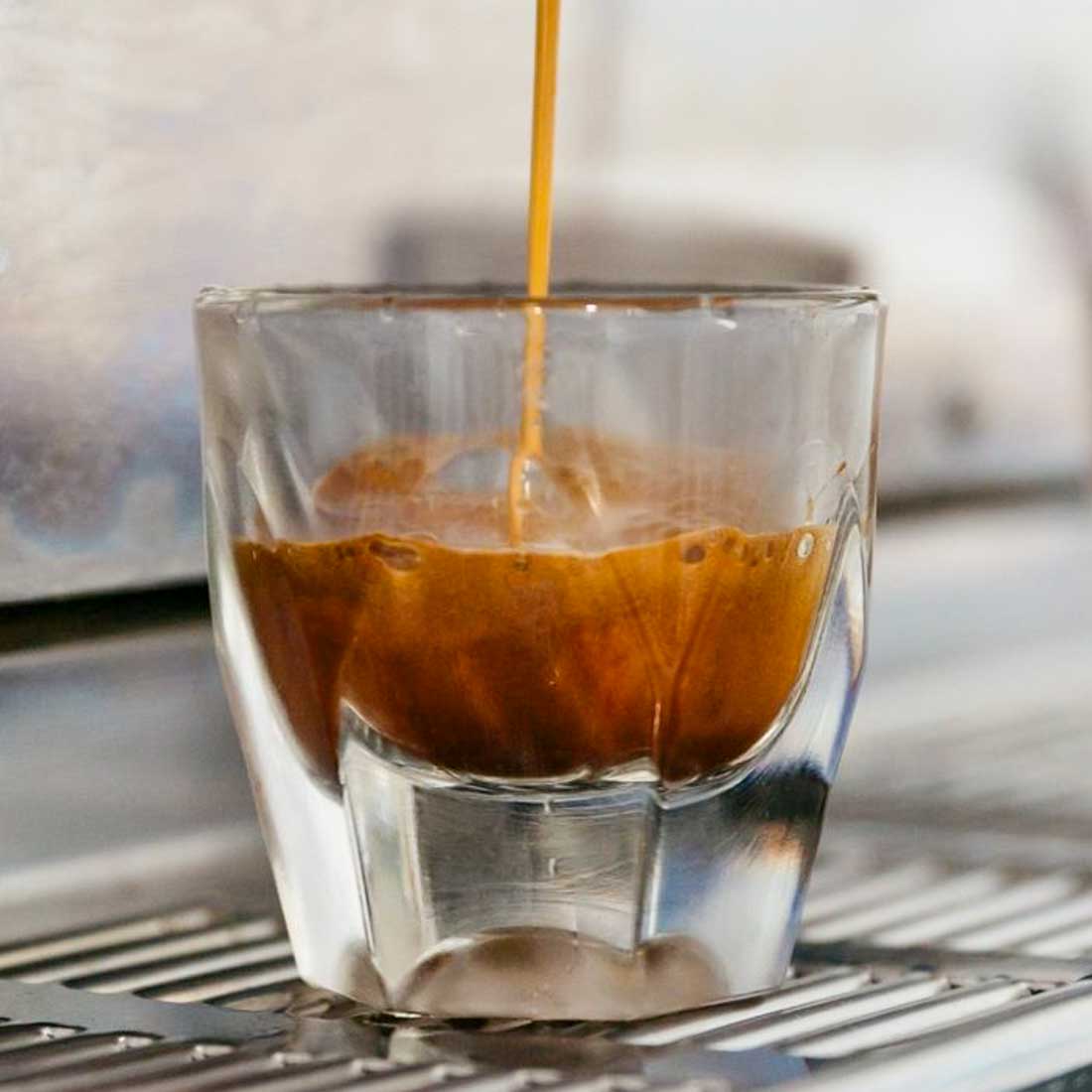
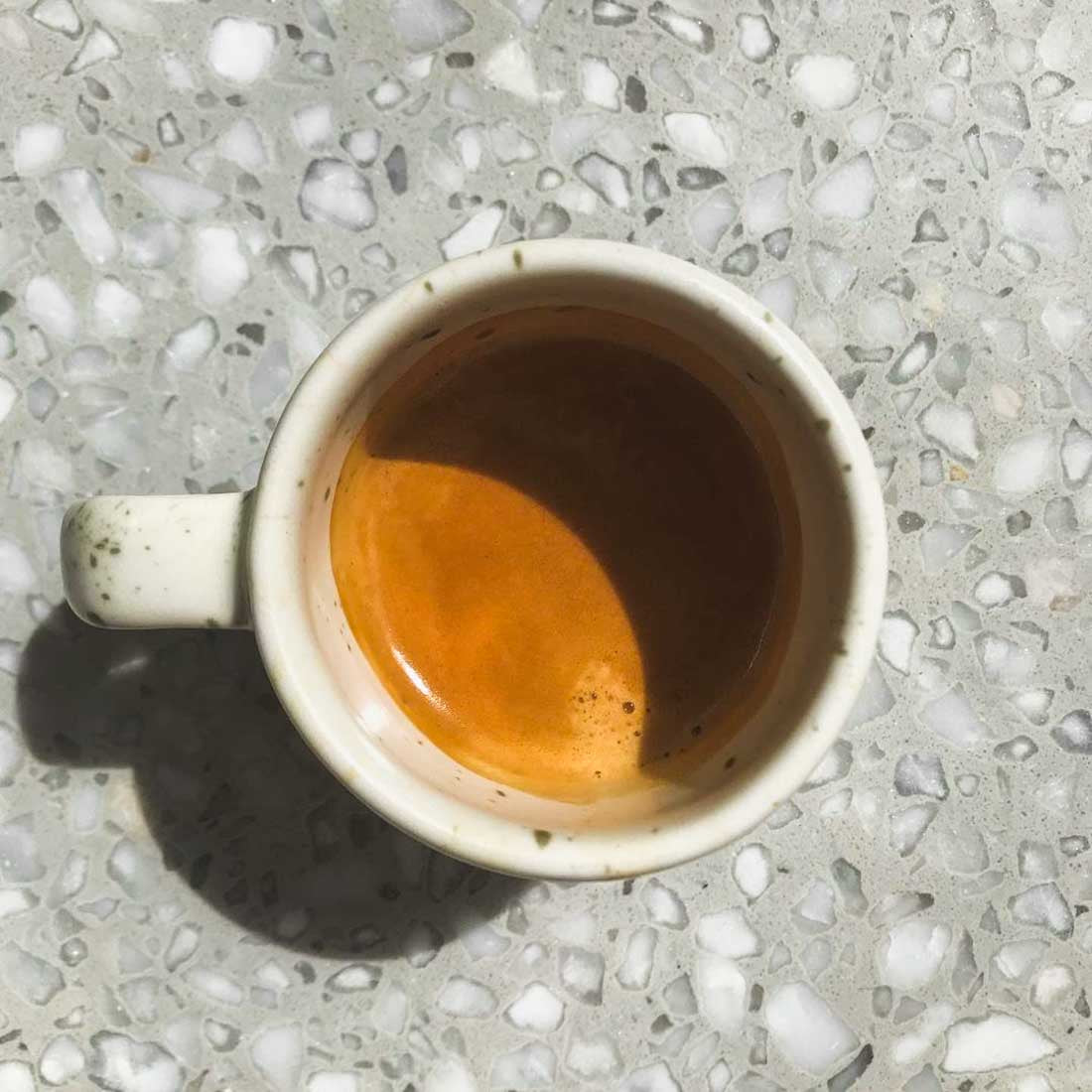
Comments
There are no comments.
Your comment